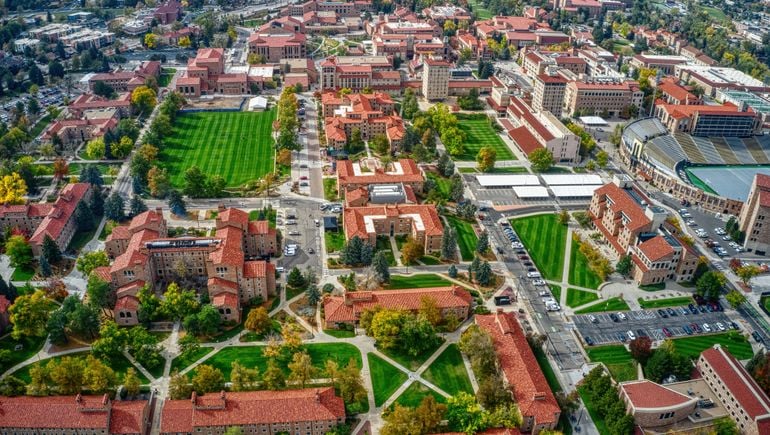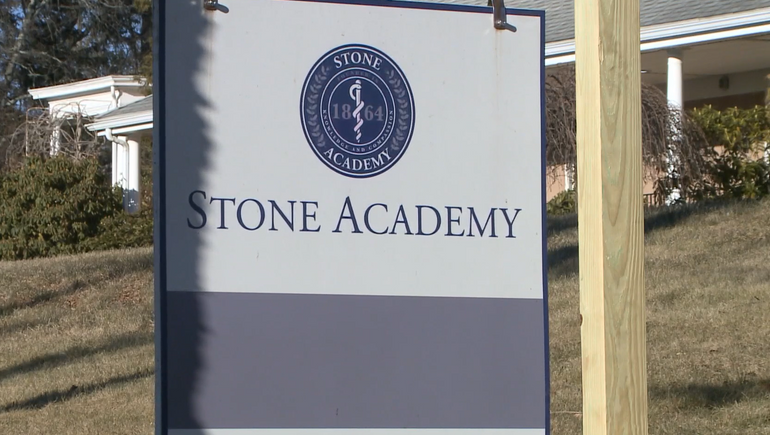[ad_1]
Ricardo Azziz has held numerous executive positions in higher education and led the merger that resulted in Georgia Regents University, now Augusta University. He is principal at Strategic Partnerships in Higher Education Consulting Group.
He writes the regular Merger Watch opinion series on corporate restructuring in higher education.

Optional Caption
Permission granted by Ricardo Azziz
The good news? Undergraduate enrollment this fall decreased only 0.6%, the least amount it has fallen since the pandemic started. The bad news? Enrollment in U.S. higher education institutions continues to drop.
No wonder a recent S&P Global Ratings outlook on higher ed is bearish on the industry, citing continued upward pressures on costs and downward pressures on enrollments and margins. This is a less-than-confident outlook from an agency that only examines 450 or so of the financially strongest colleges in the nation.
One fact that often gets lost in the hand-wringing accompanying enrollment and financial reports? Size matters.
Examining enrollment trends from fall 2012 to fall 2020 for institutions that receive federal financial aid, higher education lost some 1.7 million students, or 8.4% of total enrollment. Colleges that had enrollments of fewer than 1,000 lost 35% of their students. In turn, schools with enrollments of 1,000 to 5,000, between 5,000 and 19,999, and 20,000 to 29,999 lost 10%, 12% and 23% of their students, respectively.
Only the largest colleges increased their share of students
% change in total student enrollment by college size, fall 2012-2020
Alternatively, schools with more than 30,000 students actually grew their enrollment by 19%, adding some 760,000 to their rosters, collectively. Consistent with this analysis, a recent report from the Urban Institute observed that between 2000 and 2018, the 50 U.S. public flagships, taken as a whole, increased their total student enrollment by 24%.
A few facts are obvious from this analysis. First, the relationship between enrollment change and institutional size (total enrollment) is not linear. The very small college with fewer than 1,000 students is an especially endangered species. Meanwhile the average larger school, with 20,000 to 30,000 students, has also suffered significant enrollment attrition and is likely at significant risk of further loss.
Second, the largest institutions, with enrollments exceeding 30,0000 students, did well despite the hostile environment. Third, in the past decade some 2.5 million students are no longer available to smaller institutions, either because fewer students are pursuing a higher education degree or because they were absorbed by the growing 100 or so largest schools. It is a loss of students at smaller colleges that is equivalent to the entire enrollment of 60% of all schools with less than 5,000 students.
Why is this the case?
Firstly, it’s about brand recognition. The largest schools, and a few smaller highly selective private colleges, get recognized more readily. Feeding this recognition is the growing emphasis on rankings, the power of athletics, and the ability to leverage innovative — and newsworthy — scholarship and discovery. This branding and national recognition drives student applications and enrollment from beyond the institution’s local region. For example, much of the growth in public flagship universities over the past two decades occurred as their national reach also increased, with the fraction of out-of-state students increasing from about 25% in 2001 to 37% in 2018. In fact, the flagships that grew the most during this period also saw the greatest declines in their share of in-state students.
Greater recognition is often driven by increased selectivity – as we all want to belong to those clubs that are hard to get into. In fact, between fall 2021 and fall 2022 enrollment declines were concentrated in the least selective colleges, with only highly selective schools seeing undergraduate enrollment gains. In the data I examined, schools with student bodies of 20,000 to 30,000 are often regional institutions with less selective enrollment.
Secondly, it’s about assets and resources. The largest schools have a greater ability to spread administrative and overhead costs across a broad student base. Doing so frees resources that can be directed to developing robust online programs — further leveraging their brand and extending their reach — right into the backyard of smaller, more regional, schools.
The wider base also allows them to expand their teaching capacity with only marginal added costs, while providing a greater variety of programs and facilities than smaller institutions. Smaller schools with larger endowments and resources also fare well. As the recent S&P report reminds us, strong institutions that already enjoy good credit ratings should expect continued high student demand and flexibility setting prices, while weaker institutions will face expenses that are likely to grow faster than their revenue.
Size is clearly not the only factor that will determine the growth, and maybe the survival, of institutions of higher education. Nonetheless, it is one of the critical defining elements.
There are few good avenues for growing the size of an institution in a rapid manner. Mergers, acquisitions and the odd partnership are some notable tactics worth considering. Higher education leaders need to keep this in mind — along with the speed with which the external environment is changing.
[ad_2]
Source link









